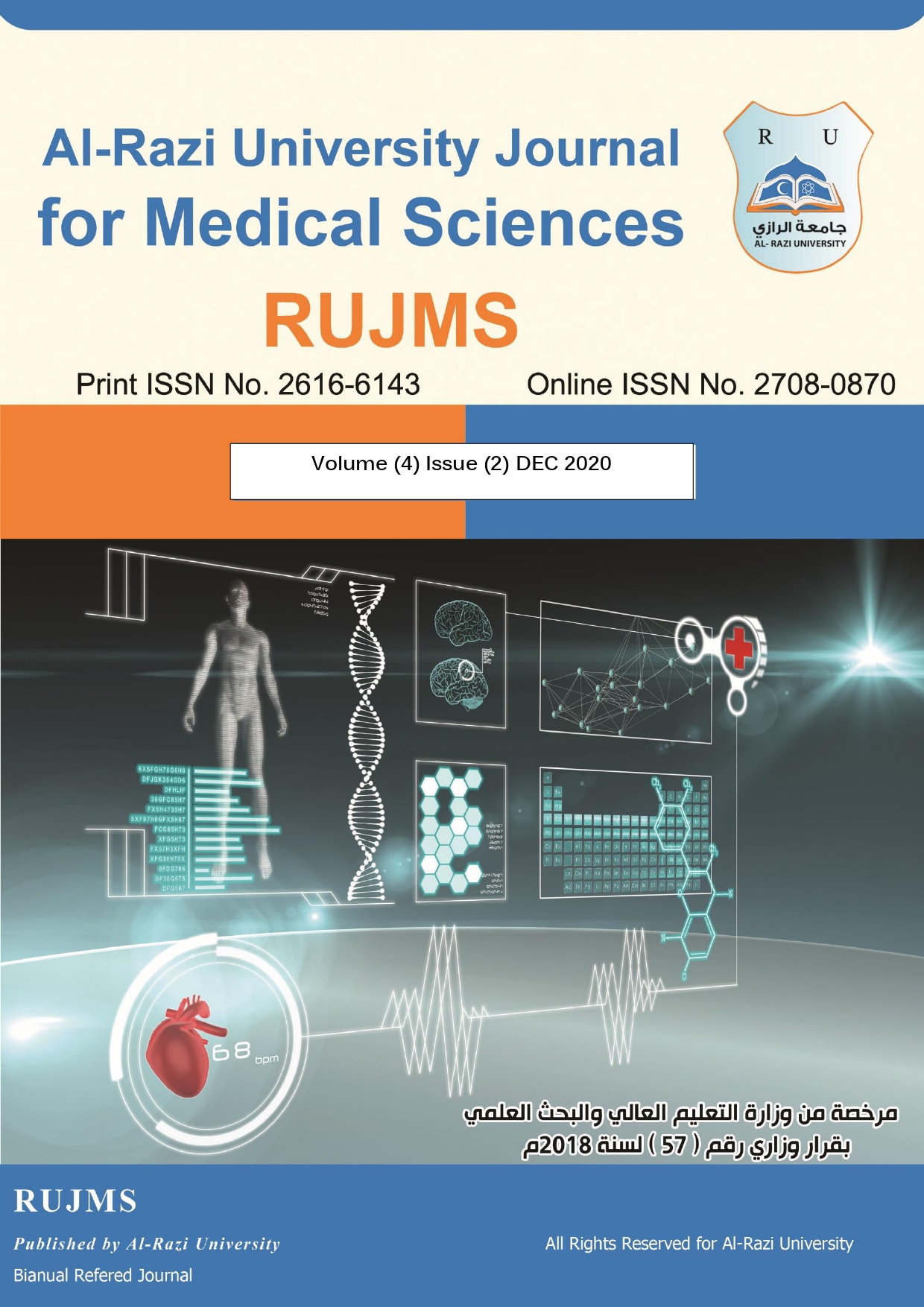Oil pollution in Lake Timsah, detection and bioremediation through rearing of Mugil cephalus and Tilapia zillii
Abstract
ملخص
تهدف هذه الدراسة إلى تقييم قدرة التنظيف البيولوجي للتلوث الكامل بزيت المحرك المحروق في بحيرة تميسة بمصر باستخدام أربعة بكتيريا محلية وأربعة عزلات فطرية، تم عزلها من البحيرة، وتسجيل التأثيرات على نوعين من الأسماك، Mugil cephalus وTilapia zillii. تم تقييم تأثيرات جزء محلول زيت المحرك المحروق (WSF) على كفاءة النمو ونسبة بقاء الأسماك مع دراسة علاماتها السريرية وأطوالها وأوزانها وذلك بوجود أو عدم وجود 4 سلالات بكتيرية و4 عزلات فطرية. تمت إضافة سوائل زيت المحرك المحروق المحروق إلى مياه الأحواض الزجاجية، واستخدمت البكتيريا (Achromobacter sp.، Bacillus sp.، Clostridium sp.، Pseudomonas sp.) والفطريات (Absidia corymbifera، Aspergillus sydowii، Mucor circinelloides، Penicillium sp.) لمعالجة مياه البحيرة في الأحواض الزجاجية باستخدام تطبيق ميكروبي. استمرت المعالجة لمدة 45 يومًا.
أظهرت النتائج فرقًا كبيرًا بين كل من أنواع الأسماك، السمكة البوري والتيلابيا، حيث كانت مقاومة التيلابيا أكثر من البوري بالنسبة لكل من الزيت والميكروبات، مما أدى إلى عدم معالجة الزيت المضاف إلى أحواض الزجاج إلى معدل وفاة بنسبة 40% من أسماك البوري، و50% من أسماك التيلابيا. وقد أظهرت مقارنة بين أحواض المعالجة والبيضاء أن معدل الوفاة كان أعلى في الأحواض البيضاء، مما يثبت أن الميكروبات التي استخدمت في علاج إضافة الزيت في الأحواض قد تحسنت ونمت بشكل جيد.
تم إجراء تحليل ميكروبيولوجي على العضلات والكبد لكلا أنواع الأسماك وأظهرت النتائج أن متوسط CFU للبكتيريا في الأسماك المعالجة بالبكتيريا أقل بكثير مقارنة بالأسماك غير المعالجة، مما يفسر أن معدل النمو للأسماك المختبرة محافظ على التشابه كما في المجموعات غير المعالجة. من جهة أخرى، أظهر تحليل GC / FID انخفاضًا في تركيز المركبات العطرية الهجينة (PAHs)، وهذا يعزز الأسماك في المجموعات المعالجة مقارنة بالسيطرة، ولم يتم رؤية أي من مركبات (PAHs) في أحواض المعالجة لأسماك التيلابيا بالفطريات والبكتيريا.
أثبتت النتائج أن المعالجة الميكروبية باستخدام مزيج من الفطريات والبكتيريا أكثر فعالية لتنظيف مياه البحيرة الملوثة بزيت المحرك المحروق من استخدام الفطريات أو البكتيريا بمفردها.

